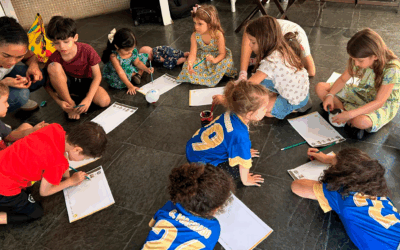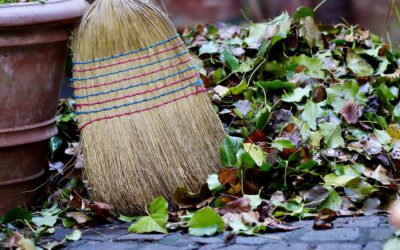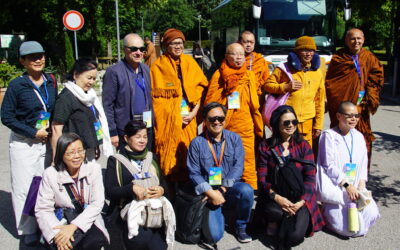 What are 10 good reasons for being an architect today? What living space should we take on to meet the new needs, expectations and dreams of the people of today? Planning living spaces that contribute to human wellness. These are some of the topics that were taken into consideration by the Dialogues in Architecture (DA), in one of the many workshops at the 7th World Urban Forum promoted by UN-Habitat United Nations Agency. The workshop was called Urban Equity in Development. Cities for Life.
What are 10 good reasons for being an architect today? What living space should we take on to meet the new needs, expectations and dreams of the people of today? Planning living spaces that contribute to human wellness. These are some of the topics that were taken into consideration by the Dialogues in Architecture (DA), in one of the many workshops at the 7th World Urban Forum promoted by UN-Habitat United Nations Agency. The workshop was called Urban Equity in Development. Cities for Life.
The worldwide Forum was held in Medellin on April 3-11, 2014, and attended by 20,000 people from around the world. Six hundred parallel programmes were held in conjunction: seminars, workshops, conferences and exhibits. One interesting display offered reflections on the growing inequality in many of the world’s urban centres.
 Dialogue in Architecture (DA) presents itself as a place for cultural deepening as well as a stimulus for civil and professional imagining, planning and constructing living spaces of communion and reciprocity in contemporary cities. The workshop, which was promoted by DA, was held on April 10, 2014 in one of the 16 Urban Libraries of Medellin, and it drew attention to some local experiences, such as the one in Barrio de la Merced, Bogota. Laura Sanabria from the Urban Observer of La Salle University, together with architect Mario Tancredi, showed how it works – with the help of other colleagues – trying to make connections between public institutions and local people; and the creation of a Mobile Health Clinic to serve the needy in the community. They stressed the importance of the value of universal brotherhood as the motor behind an architecture at the service of the human person.
Dialogue in Architecture (DA) presents itself as a place for cultural deepening as well as a stimulus for civil and professional imagining, planning and constructing living spaces of communion and reciprocity in contemporary cities. The workshop, which was promoted by DA, was held on April 10, 2014 in one of the 16 Urban Libraries of Medellin, and it drew attention to some local experiences, such as the one in Barrio de la Merced, Bogota. Laura Sanabria from the Urban Observer of La Salle University, together with architect Mario Tancredi, showed how it works – with the help of other colleagues – trying to make connections between public institutions and local people; and the creation of a Mobile Health Clinic to serve the needy in the community. They stressed the importance of the value of universal brotherhood as the motor behind an architecture at the service of the human person.
How does dialogue work in the context of Latin American metropolis like Bogota and Medellin? Tours of Bogota and Medellin were given by some young Columbian architects as part of the Forum. Fernando Bedoya recounts: “At Barrio de La Merced, entering into the lives and the history of the people was like being in an open classroom. The concrete interaction with the children and those who run the Social Unidad Centre, which was begun by the Focolare Movement together with people from the barrio, was the first powerful immersion in the wounds and challenges of that people who, with the power of love and faith manage, day by day, to gain their rights and live a dignified life.” Juliana continued to say: “At the Barrio de La Candelaria we were introduced into the historical and cultural heart of the city, which has drawn artists, writers and intellectuals; also foreigners who fill the theatre district, libraries and cultural centres. We saw some of Rogelio Salmona’s architecture in which the construction of the collective space is central. The last stop at the Gold Museum transported us to the origins of the rich Pre-Columbian culture.
Juliana Valencia concludes: “Today’s world is asking for a different architectural vision, the fragility of the environment is our point of action so as to stay on our feet amidst the crisis. Beauty is now relative, looking at the world from a particular perspective or academic field no longer works. For this reason our point of departure can only be the human person along with his or her needs and relationship to the environment.”
The next event will take place in June, in Spain: Barcelona ArquitecturaLimite





0 Comments